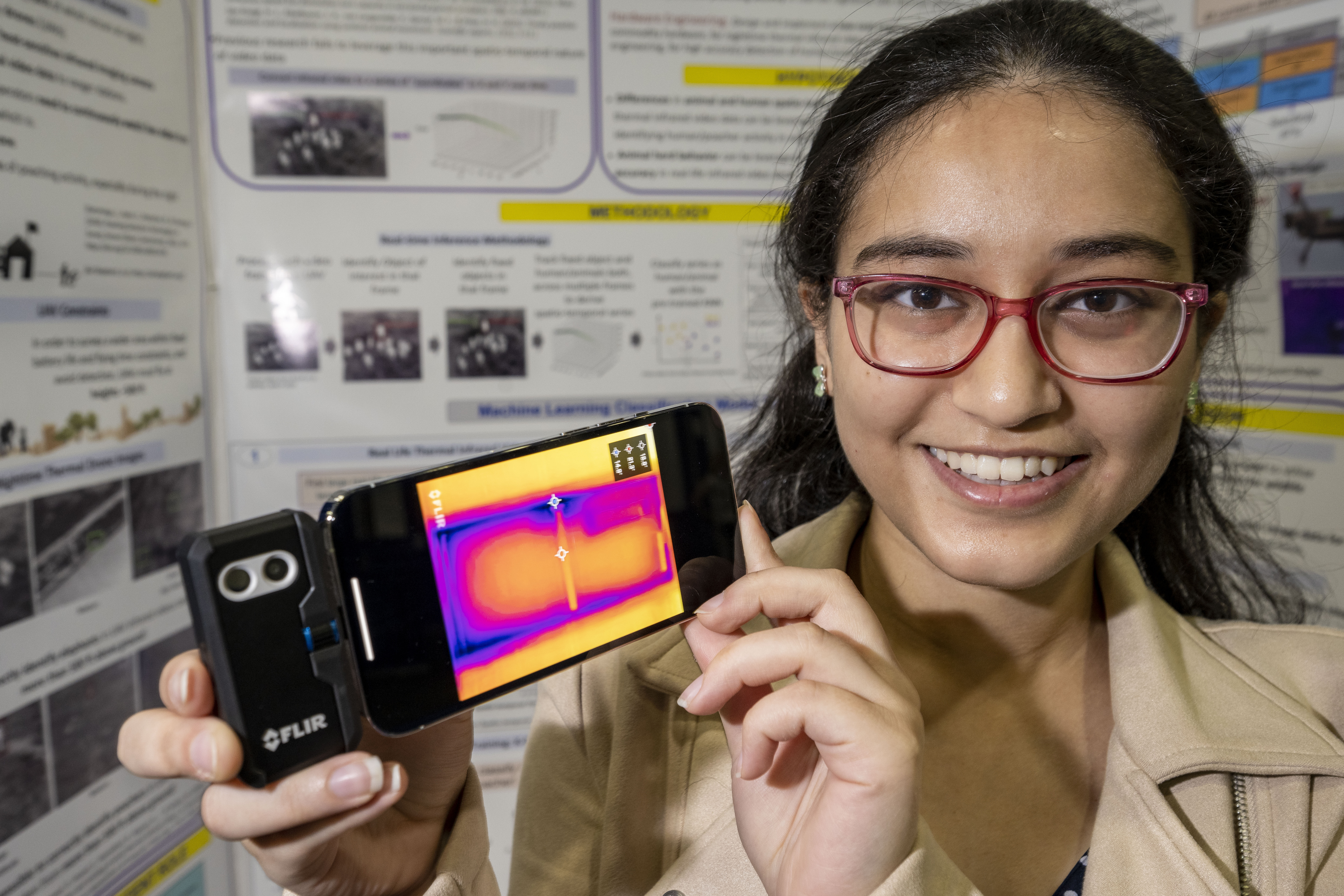It feels safe to say that the elephant has a pretty high favorability rating within the animal kingdom. This love could be for several reasons. For one, elephants are nothing short of gigantic — males of the African Savanna variety can reach nearly 10 feet in height and weigh more than 10,000 pounds.
Perhaps, it is because we see a bit of ourselves in these creatures. Elephants often reach lifespans similar to ours at around 70 years and display more complex thinking abilities than many of their neighbors. Their temporal lobes, the part of the brain that determines memory, are larger and physically denser than humans. Elephants also possess a sense of humor, a charming quirk that differentiates them from other animals and probably some humans too.
Despite the elephant’s seemingly universal popularity, poaching has been an unfortunate reality of the exotic animal trade for decades.
Governments with wild elephant populations are often either unable or unwilling to enforce an anti-poaching policy as much as they should, leading to an unfettered stream of trophy hunters and tusk harvesters who come looking for a prize.
This nearly century-long trend has culminated in an existential loss of life for a species that has seen its population numbers dwindle from an estimated 10 million in 1930 to just over 400,000 today. There is hope, though, as new generations growing up with even newer technologies have begun making innovations to spoil the poaching plot. One of these young voices is Anika Puri, a New York teen with a penchant for machine learning and elephant preservation.
For Puri, Africa’s poaching situation came to the forefront after stumbling into an ivory market during a childhood trip to her family in India. New ivory can only be obtained from the bodies of rare animals like elephants and rhinoceros. The material has been banned from international trade for decades as part of a past attempt to curb illegal hunting.
“I was quite taken aback because I always thought, ‘well, poaching is illegal; how come it really is still such a big issue?’” Puri said. Something had to be done about it, and though she did not know it back then, Puri was only a few years away from taking action herself.
Puri’s design, called “ElSa” as shorthand for “elephant savior,” was created with the idea that local governments lacked the resources to constantly surveil all nearby elephants within their territory.
Currently, the plan tends to revolve around a series of cheap drones equipped with cameras and motion-tracking software that ideally identifies poachers as they set out to hunt. But that system, and the software that fuels it, is far from perfect. Anything that moved was detected, making it impossible to distinguish between a poacher and a larger elephant.
Puri quickly noticed that drone feeds were easily decipherable via the human eye and began to form an idea. “I realized that we could use this disparity between these two movement patterns in order to actually increase the detection accuracy of potential poachers.”
ElSa has already been met with industry acclaim, earning top category prizes at the 2022 Regeneron International Science and Engineering Fair. Using image detection and artificial intelligence (AI) systems to pick out poachers without human intervention has been a major hit among academics. As she begins a degree at MIT, Puri says her free time will be spent improving the system, hopefully rolling it out in South Africa’s Kruger National Park.





